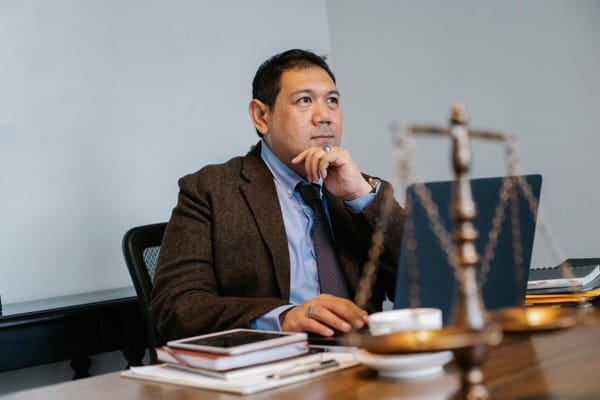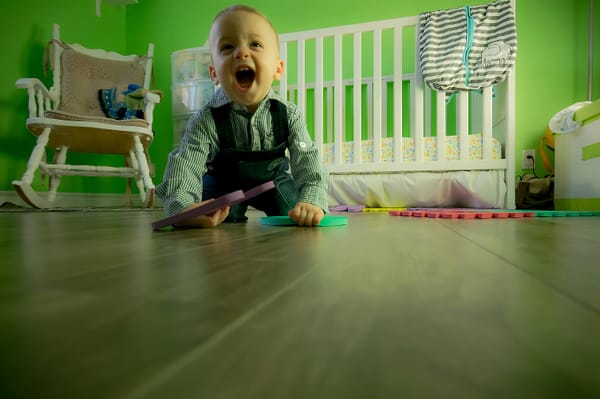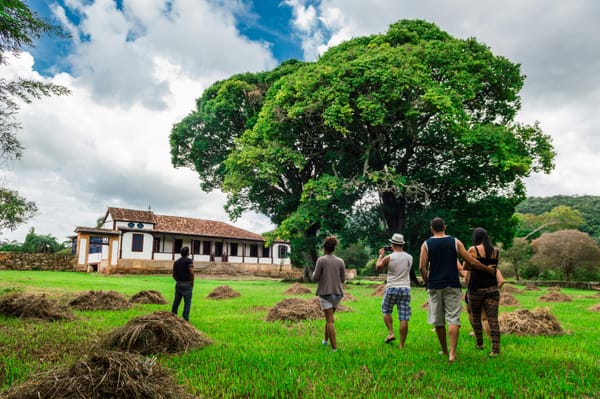Entering the New York Family Court system can feel overwhelming, but understanding its structure and process is the first step toward navigating it successfully. Unlike the State's Supreme Court, which handles divorces, the Family Court is a specialized court dedicated to matters involving children and families, with a core mission to protect the well-being and "best interests of the child."
What Cases Does Family Court Handle?
The New York Family Court has jurisdiction over a wide range of proceedings that directly impact families. It does not handle divorce cases—those are heard in Supreme Court.
Key case types you may encounter include:
- Custody and Visitation: Determining legal custody (decision-making) and physical custody (where the child lives), as well as setting a visitation or "parenting time" schedule.
- Child Support and Spousal Support: Establishing and enforcing financial support orders.
- Paternity: Legally establishing fatherhood, which is required for issues like support, inheritance, and benefits.
- Family Offense Proceedings (Orders of Protection): Cases where a family or household member seeks a temporary or final Order of Protection due to allegations of assault, harassment, or other specific criminal offenses.
- Child Abuse and Neglect (Child Protective Proceedings): Cases initiated by the local social services agency to protect children from harm.
- Adoption and Guardianship.
- Juvenile Delinquency (JD) and Persons in Need of Supervision (PINS) cases involving minors.
The Family Court Process: Step-by-Step
While every case is unique, the general process for most petitions follows a similar path:
1. Starting the Case: The Petition
A case begins when one party (the Petitioner) files a formal written request with the court called a Petition. The Petition outlines the facts of the situation and the relief (the specific outcome) the Petitioner is asking the court to order. You must use the correct official court form for the type of case you are filing.
2. Filing and Service
Once the Petition is prepared, it is filed with the clerk's office in the appropriate county's Family Court. The court will assign a docket number and issue a Summons, which notifies the other party (the Respondent) of the case and the date and time they must appear in court.
Crucially, the Respondent must be legally notified of the case, a process known as Service. The Petitioner cannot serve the papers themselves; they must arrange for a third party to deliver the documents. Proper legal service is mandatory for the case to proceed.
3. Court Appearances
The court process involves multiple appearances, which may include:
- Initial Appearance: The first court date, where the parties meet with a judge, Support Magistrate, or Court Attorney Referee. In cases involving children, the court will often appoint an attorney for the child (formerly called a Law Guardian).
- Settlement Conferences/Mediation: The court often encourages parties to reach a voluntary agreement (Stipulation). Mediation or settlement conferences may be used to help parties resolve issues outside of a trial.
- Discovery: The process where both sides request and exchange information and evidence relevant to the case.
- Fact-Finding Hearing (Trial): If no agreement is reached, the case proceeds to a hearing where both sides present evidence, witnesses, and legal arguments. There is no jury in Family Court; the judicial officer makes the final determination.
- Dispositional Hearing: After the judge or magistrate makes a ruling, a final Order is issued, which outlines the rules and directives the parties must follow.
Further Assistance and Resources
Navigating Family Court is complex, and getting legal help is highly recommended. The court's standard in cases involving children is the "best interests of the child," which is a broad standard that requires careful presentation of evidence.
For assistance, consider the following resources:
| Resource | What They Offer | Link |
| NY CourtHelp | Comprehensive information on court procedures and forms, including DIY (Do-It-Yourself) forms for self-represented litigants. | NY CourtHelp Family Court Resources |
| Family Legal Care (formerly LIFT) | Free legal guidance, information, and compassionate support for unrepresented parents and caregivers. Operates a helpline and has in-person hubs. | Family Legal Care Helpline |
| Court Help Centers | Free information about the law and court procedure (not legal advice) provided by court staff within the courthouses. | NY CourtHelp Centers |
It's important to remember that most hearings are decided by a Judge or Support Magistrate, and judges apply the "best interests of the child" standard in all matters concerning minors.
If you are just beginning the process, you may find this video helpful: How to Start a Case in New York Family Court. This video provides guidance on how to initiate a case in the New York Family Court system.










Member discussion